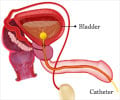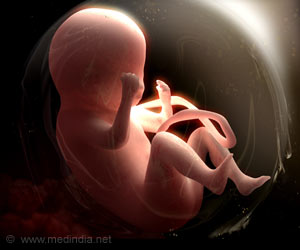A group of 95 infants were evaluated for urinary tract infection. Wan et al reviewed the clinical and laboratory findings as well as the diagnosis and treatment.
A group of 95 infants were evaluated for urinary tract infection. Wan et al reviewed the clinical and laboratory findings as well as the diagnosis and treatment. This study is important since urinary tract infection is one of the most common causes of unexplained fevers in infants with an overall reported prevalence of approximately 10%.
All the patients in this study underwent renal ultrasonography, voiding cystourethrogram, and a DMSA scan during the hospitalization before treatment. Their treatment consisted of 2-4 weeks of appropriate antibiotic therapy when pyelonephritis was diagnosed. These patients then underwent a second DMSA scan 6 months after therapy.The group found that the main symptom of these infants with a UTI was fever. High white blood cell count was not necessarily present and urinalysis was also imperfect for diagnosing UTI's. They also found they colony count from urine cultures in kidney ultrasonography was not efficacious in terms of predicting the occurrence of pyelonephritis. They found that intravenous antibiotic for one week followed by 3 weeks of the same oral antibiotic provided good prophylaxis for uncomplicated pyelonephritis.
The group concluded that 4 weeks of antibiotic treatment resulted in a good recovery from pyelonephritis of infants with primary UTI. They also feel that a voiding cystourethrogram along with a DMSA study including ultrasonography should be performed in infants who come in with a diagnosis of UTI. A c- reactive protein level may have been more helpful than a white blood cell count in these infants. The results of the DMSA scan may lead one to correct vesicotueral reflux if it is present. In the absence of vesicotueral reflux, what would one do with a DMSA scan that was positive for renal scarring 6 months after therapy was instituted. Further investigations with a larger cohort may help clarify this dilemma.
Source-Newswise
SRM/N











